2020 Honda CBR1000RR-R Fireblade debuts as a litre-class monster
Powering the 2020 CBR1000RR-R Fireblade is an all-new 1,000cc in-line four-cylinder water-cooled motor that churns out a colossal 214.56bhp at 14,500rpm & 113Nm of torque at 12,500rpm.
With 214.5bhp on tap, the 2020 CBR1000RR-R Fireblade, thanks to HRC's intervention, packs in enough firepower & performance to challenge its litre-class rivals for the top spot.
For years Honda's Supersport range of motorcycles has been headlined by the CBR1000RR Fireblade and those on the hunt for ultimate track performance have found their sojourn in the electronically-superior SP Fireblade models. From 2020, however, Honda's all-new litre-class top dog, the CBR1000RR-R Fireblade, is set to rattle the cages of its immensely capable competitors as it packs in stratospheric levels of firepower and has been developed with heavy involvement from Honda Racing Corporation (HRC), the folks behind the RC213V MotoGP bike. Honda claims the new bike borrows a lot of tech & aerodynamic trickery from the RC213V-S, the street-legal version of the MotoGP bike. Further, the addition of a fourth 'R' to the moniker is enough to inform us of its rather serious intent. Like before, the 2020 CBR1000RR-R Fireblade also gets an SP derivative.

Powering the 2020 CBR1000RR-R Fireblade is an all-new 1,000cc in-line four-cylinder water-cooled motor that churns out a colossal 214.56bhp at 14,500rpm & 113Nm of torque at 12,500rpm. To put the power figure into perspective, the 2020 Fireblade is more powerful than nearly all of its rivals - the Yamaha YZF-R1 (197.2bhp), Suzuki GSX-R1000R (199.1bhp), Kawasaki ZX-10RR (201.1bhp), Ducati Panigale V4S (211.2bhp) & the BMW S 1000 RR (203.8bhp). In fact, the CBR1000RR-R sits just below the manic Panigale V4R (217.2bhp) in terms of power.
The internal dimensions of the four-pot motor are shared with the RC213V's motor, using the same MotoGP-spec 81mm bore and 48.5mm stroke (previously 76mm and 55.1mm, respectively). Further, the CBR1000RR-R's cams get a Diamond-Like Carbon (DLC) coating to reduce friction (tech borrowed from the RC213V-S), partly responsible for the high-revving capability of the motor. Honda claims this is the first time the technology has been applied to a mass-produced motorcycle. To reduce the weight of the motor, finger-follower rocker arms, titanium con-rods and forged aluminium pistons have been used.
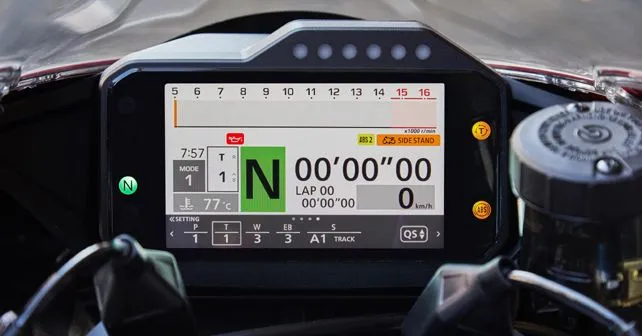
A central air intake dominates the bike's nose. The ram-air duct forces air into in the bike's airbox and to ensure the airflow remains as smooth as possible, Honda has even equipped the CBR1000RR-R with a Smart Key System (keyless ignition) to remove the ignition barrel that would otherwise occupy the free space. To feed the required amount of air, the throttle bodies have also been upsized from 48mm to 52mm. The 4-2-1 exhaust downpipes, with an oval cross-section for optimum gas flow, and the end-can, have been developed in conjunction with Akrapovic.
Since the CBR1000RR-R has been built from the ground-up, it also uses a new diamond aluminium frame with increased rigidity. The base model (non-SP) sits on 43mm Showa Big Piston Forks (BPF) & a Showa BFR-C Pro-Link swingarm setup. In terms of electronic riding aids & features, the Throttle By Wire has been improved for the CBR1000RR-R, that allows settings for the Honda Selectable Torque Control (HSTC) & wheelie control to be altered. A Bosch six-axis Inertial Measurement Unit (IMU) controls the three-level Honda Electronic Steering Damper (HESD). A 2-channel ABS unit offers two switchable modes (Sport & Track).

Compared to the 2019 CBR1000RR Fireblade (189bhp), the 2020 CBR1000RR-R Fireblade is more powerful, heavier by 5kg (kerb weight up from 196kg to 201kg), has a 50mm longer wheelbase and is wider by about 42mm. The CBR1000RR-R also uses a wider rear tyre (200/55 R17 compared to the earlier 190/50 R17).
Over the standard CBR1000RR-R Fireblade, the SP version gets Ohlins' electronically-controlled suspension and Brembo Stylema race-spec brake callipers.
The CBR1000RR-R Fireblade will be available in the international markets from June 2020.
Read more:
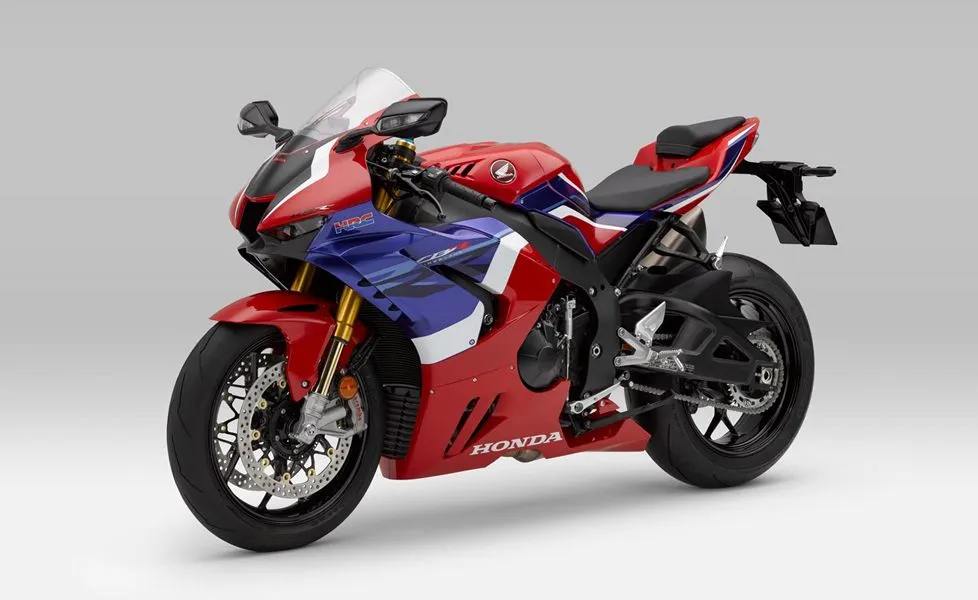
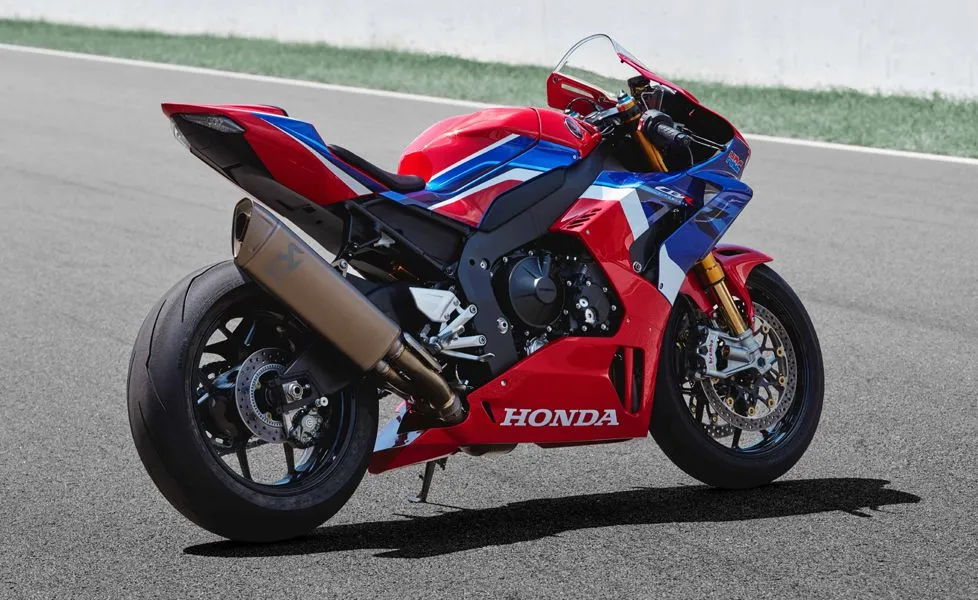
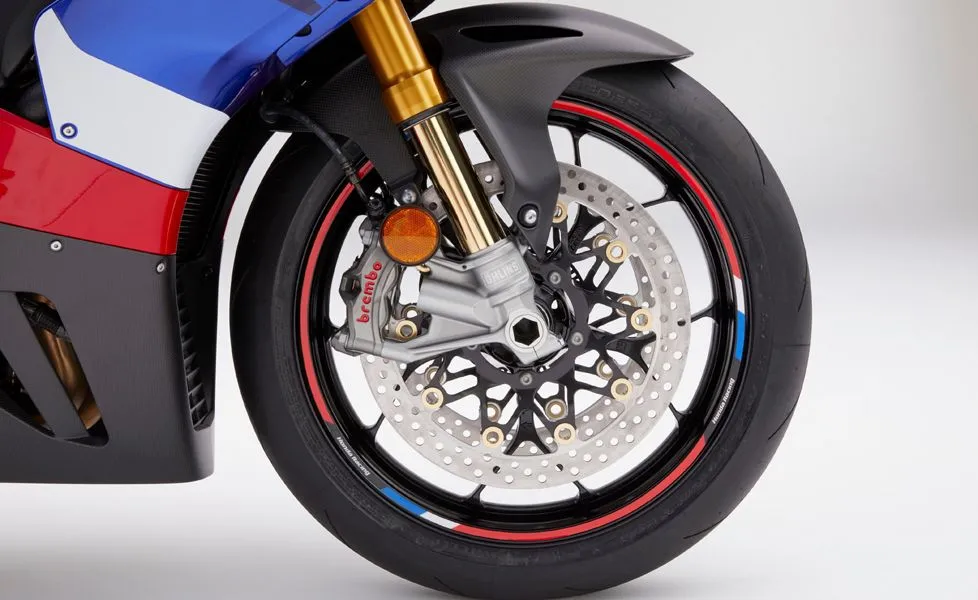
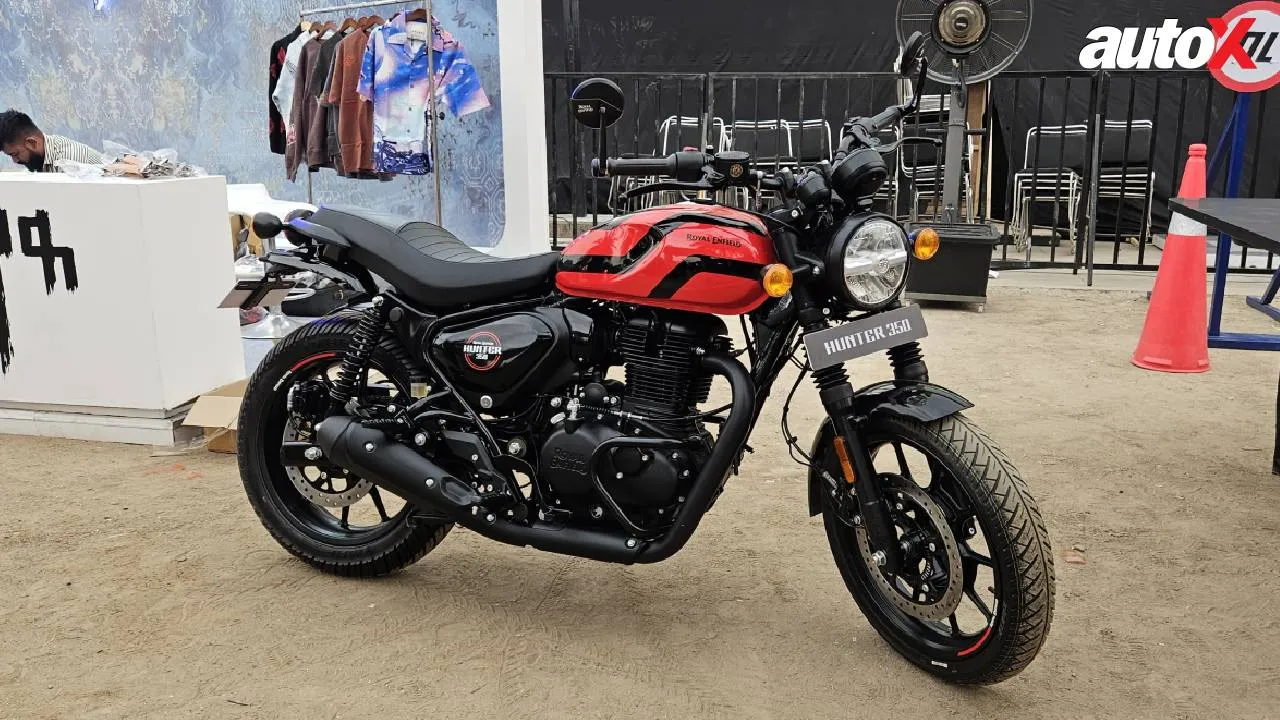
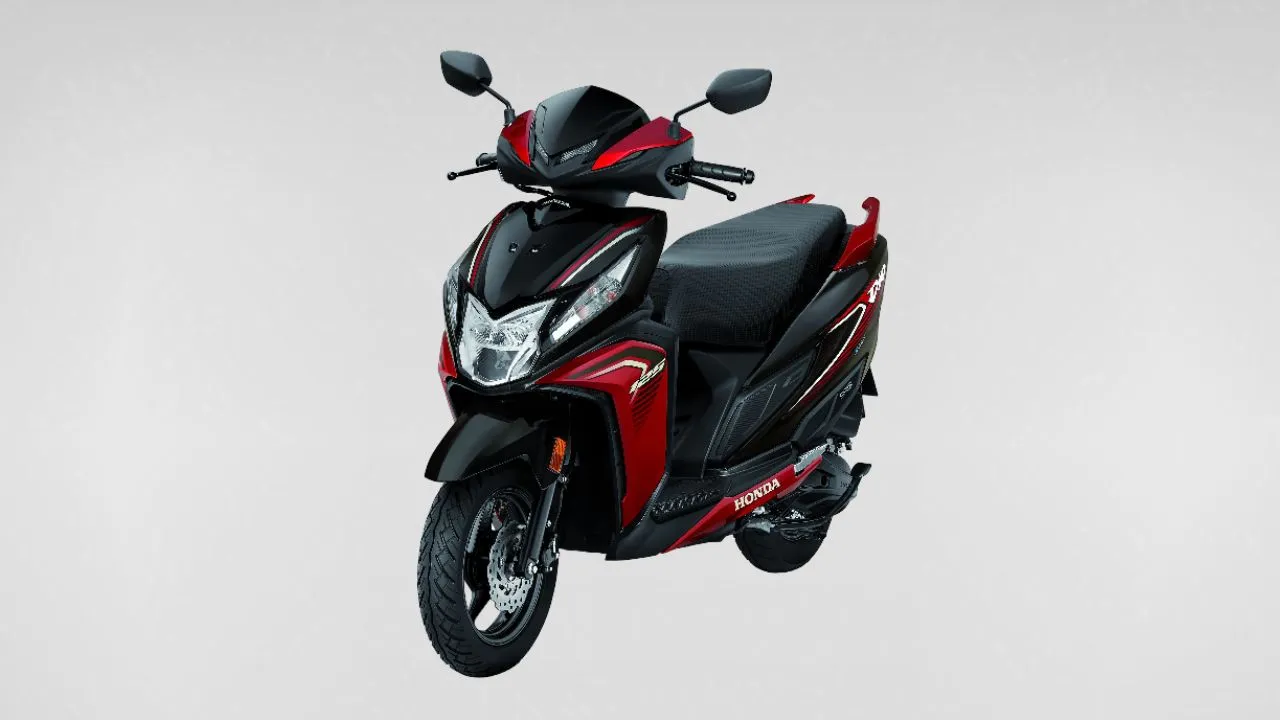

.webp)



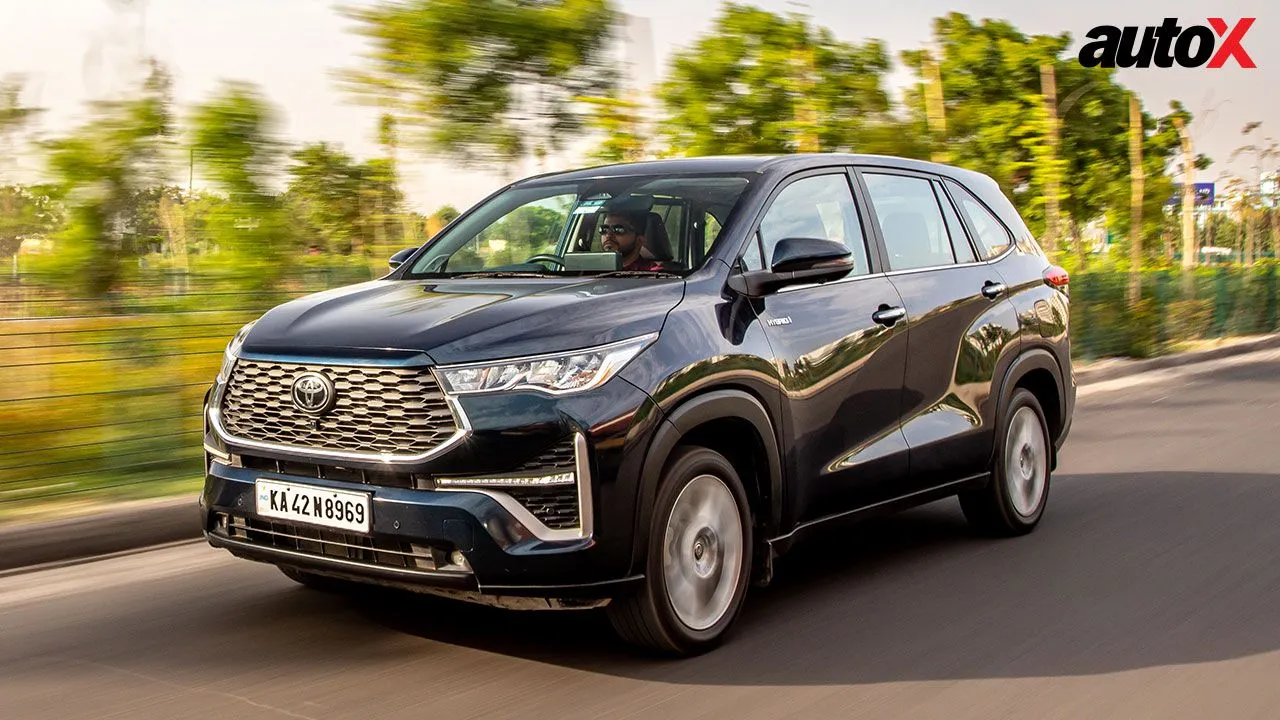
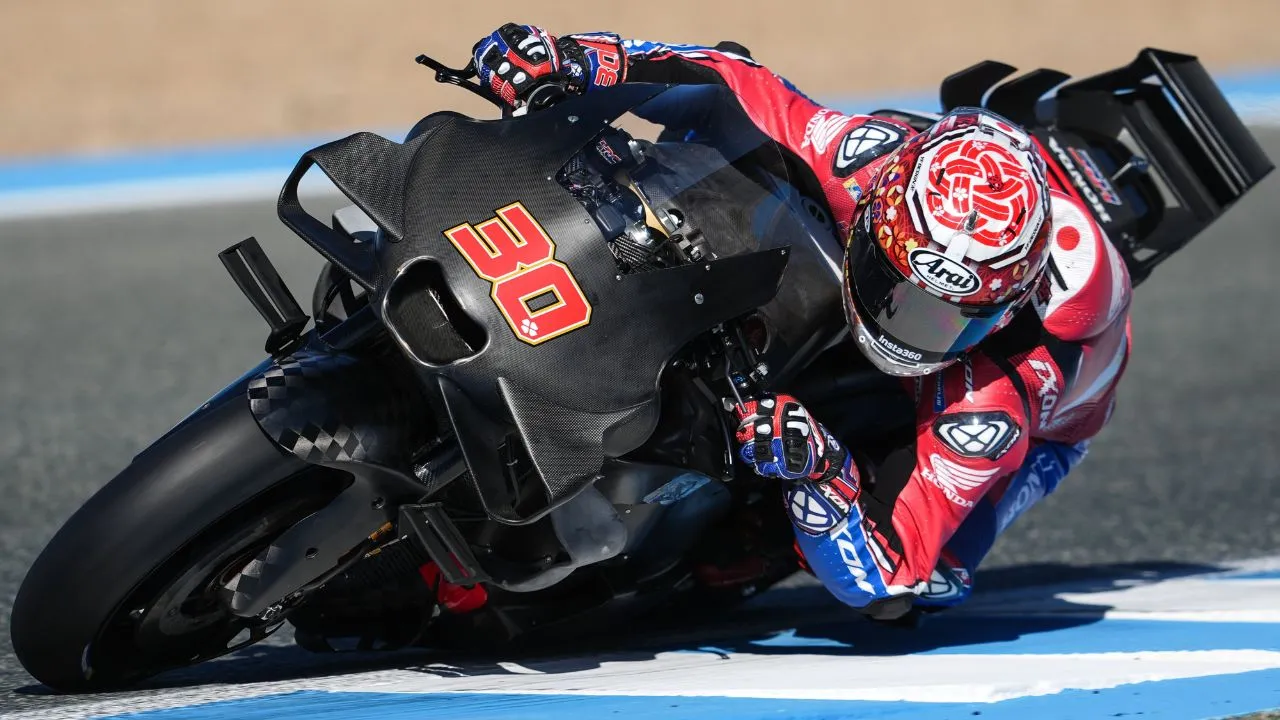
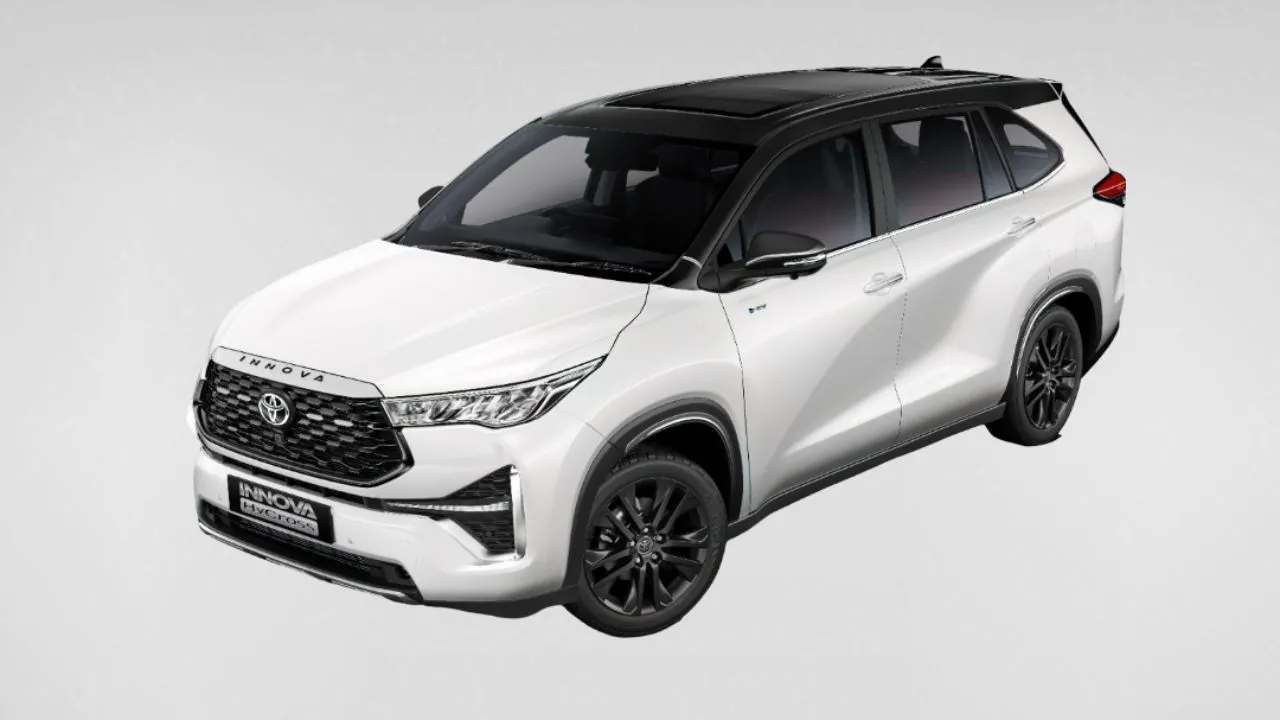


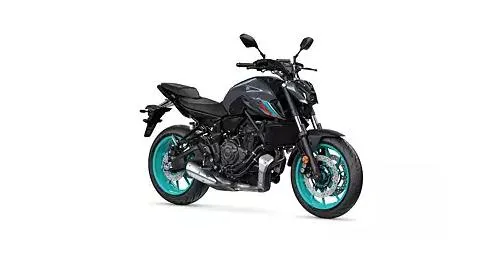

















Write your Comment on